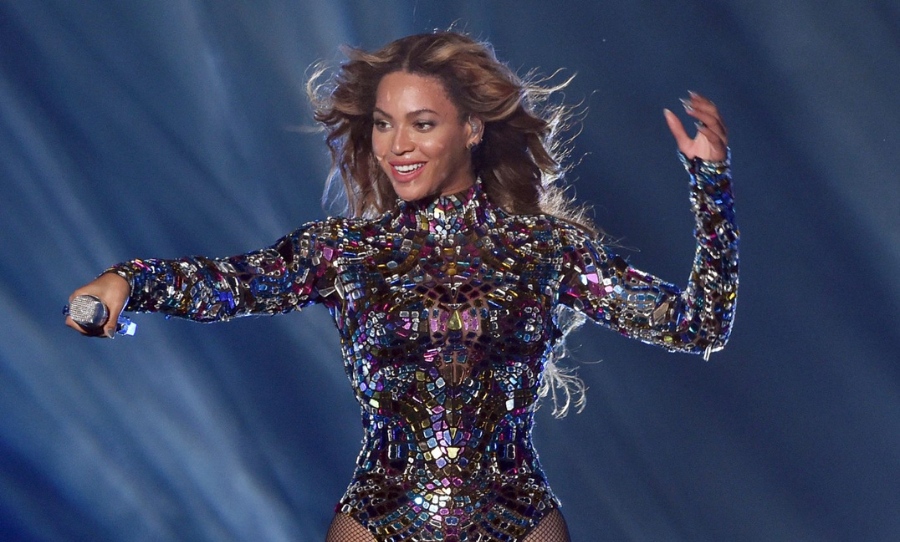In the aftermath of shocking abuse accusations against Marilyn Manson, many are wondering how the signs of his abuse went unnoticed for so long.
CW: Sexual assault, physical and psychological abuse, torture reportedly perpetrated by Marilyn Manson
In case you missed it, actress and activist Evan Rachel Wood and four other women accused Manson of abuse last week. Since then, the goth shock rockstar has been accused of antisemitism, abusing his fans, and just about every other deviance under the sun.
33-year-old Wood, who starred in sci-fi series Westworld, identified her abuser as “Brian Warner, also known to the world as Marilyn Manson,” in an Instagram post last Monday (February 1st). Wood had previously spoken out about her unnamed abuser back in 2018.

“He started grooming me when I was a teenager, and horrifically abused me for years. I was brainwashed and manipulated into submission. I am done living in fear of retaliation, slander, or blackmail,” Wood wrote about 52-year-old Manson.
“I am here to expose this dangerous man and call out the many industries that have enabled him, before he ruins any more lives. I stand with the many victims who will no longer be silent,” the actress wrote.
View this post on Instagram
Wood also reposted allegations of rape, psychological and sexual abuse, druggings, violence, and death threats from at least four other women.
These women included Ashley Walters, a former personal assistant of Manson who accused him of using “mind control, torture tactics, i.e. using different sound frequencies that would shift your mood or make you nauseous.” American model Sarah McNeilly also claimed on Instagram that Manson “threatened to bash [her] face in with a baseball bat” and locked her in rooms when she was “bad”.
View this post on Instagram
Another woman, Gabriella (known on Instagram as SourGirrrl) said that she was 22 when she met Manson, who allegedly tied her up, raped her, spread naked photos of her without consent, and threatened to kill her.
“It has taken me five years to speak out and say that I was in an abusive relationship,” she wrote on Instagram. “I have been diagnosed with PTSD and still suffer from nightmares.”
Manson, who denies the claims made against him, gained fame in the 1990s with his homage to Charles Manson, his ‘gothic scene makeup’, and his controversial public image: which included his persona as the self-proclaimed “antichrist superstar.”
Now, while Manson’s record label Loma Vista Recordings cut ties with the artist in light of the allegations, things have only gotten worse from here. The case has prompted many not just to discuss the implications of #MeToo, but also whether Manson’s past controversies, on-stage and off, told tell-tale signs of casual bigotry and unchecked abuse.
If you’re angry about Marilyn Manson just remember Rob Zombie exists and he’s way fucking cooler
— 𝕶𝖆𝖙𝖆𝖓𝖆 🦇 (@SpanishGhoul) February 6, 2021
Wood came forward again four days after her first allegations, accusing Manson of antisemitic behaviour by calling her a “jew” in a derogatory manner during their relationship, which began in 2007. While Wood and Manson got engaged in 2010, the marriage was quickly called off.
“He would draw swastikas over my bedside table when he was mad at me,” she wrote on Friday last week. “Because [my mom] converted and wasn’t of Jewish [descent] he would say things like, ‘that’s better’ because I wasn’t ‘blood jewish.'”
Wood also pointed to Manson’s M-Swastika tattoo on his chest and a Totenkopf tattoo on his right arm, which Wood described as a “Death’s Head” symbol from the Nazi era. These are tattoos which Manson did not have during their relationship, Wood added.
So sickening seeing people defend abuse by saying “well what do you expect going out with Marilyn Manson?!”.
It’s a dude called Brian who puts on some make up and pops in some spooky contact lenses.
That doesn’t give him license to abuse.
His “myth” is how he got away with it.
— Scroobius Pip (@Scroobiuspipyo) February 5, 2021
In his 1998 autobiography, The Long Hard Road Out of Hell, Manson detailed an early concert from the ’90s where a pregnant-looking actress was tasked with ironing out the wrinkles in a Nazi flag while on stage. “As the show progressed, she sat spread-eagled on the ironing board and pretended to perform an abortion on herself,” he wrote.
Manson’s autobiography details other questionable events regarding sex, particularly how Manson and his bandmates covered a deaf fan in raw meat and urinated on her in the act of “art.” After meeting the fan, Alyssa, at a party in 1994, Manson invited her to a studio in Miami where he and his bandmates recorded new music.
However, when Alyssa arrived, Manson asked her to take off all of her clothes while he and his bandmates covered her in meat. “At this point, I didn’t think it was very sexual. It was more of a living meat sculpture,” he said.
Turns out our parents were right about Marilyn Manson all along
— Crockett🍀 (@CrockettForReal) February 6, 2021
However, that quickly changed when Manson asked two bandmates to perform sexual acts on Alyssa, which led to one band member to have sex with her before the group urinated on her while she was in the shower. “I should mention that I do not feel that she was being exploited by any means,” he said at the time. “Because despite however many cameras, street musicians, and sketch artists were in the room clapping and dancing around to Slayer or whatever was playing at the time, she was very excited to be a part of it,” Manson wrote.



